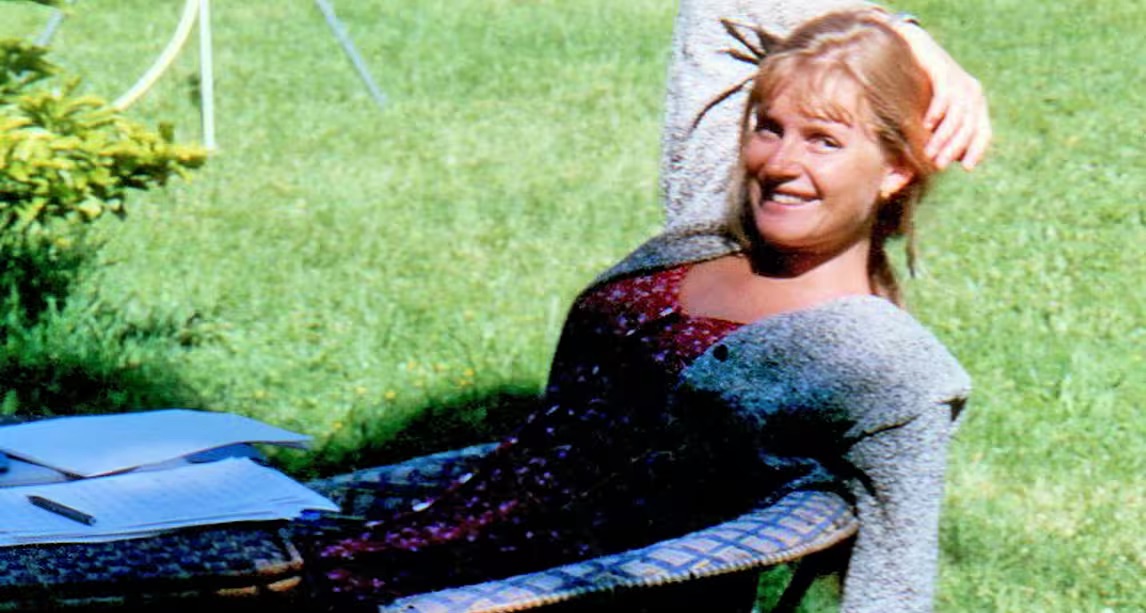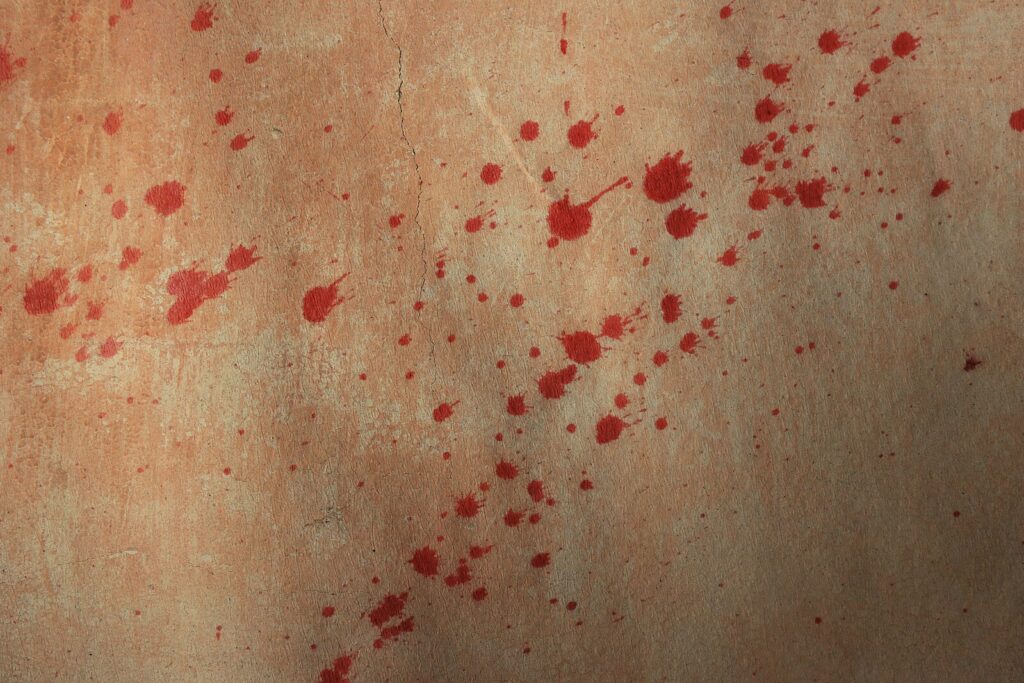Now Reading: Examination of Mutilated Bodies and Fragmentary Remains
-
01
Examination of Mutilated Bodies and Fragmentary Remains
Examination of Mutilated Bodies and Fragmentary Remains
A mutilated body is a body which is deprived of a limb, or a part, or one which is disfigured. In this condition, the soft tissues, muscles and skin may be still attached to the bones. Fragmentary remains include only fragments of the body, such as head, trunk or limb. When a mutilated body or fragmentary remain is sent for autopsy, the medical officer should form his opinion after a very careful examination of the available parts to discover the evidence of crime – a principal function of the medico legal expert. Cursory inspection of these specimens is likely to result in failure. A number of questions can be answered with ascending degree of completeness depending upon the type and condition of the material received for examination. The following information is specially looked for:
- Source, whether human or animal
- If parts belong to the same individual
- Age
- Sex
- Stature
- Race
- Identity
- Special features
- Cause of death, and
- Time Since death
Source, Whether Human Or Animal: This can be easily determined from knowledge of anatomy. However, if there is the slightest doubt, or if confirmation of the source is essential, a part of the soft tissues, provided decomposition is not too far advanced, is sent in a dry condition to the chemical examiner, without adding any preservative, for the Precipitin Test. Alcohol, formalin and mercuric chloride when added as preservatives interfere with the Precipitin Test. The Anti-Globulin Inhibition Test is more sensitive than the Precipitin Test but highly technical.
In places situated near medical colleges parts of human bodies, improperly disposed of, may be sent for examination. It is easy to determine their source from the dark colour, formalin odour and presence of red lead in the blood vessels including nutrient canals of bone, and unnecessary work may be avoided in doubtful cases, by testing the fragmentary remains for the presence of formaldehyde.
If Parts Belong To The Same Individual: A mix-up of parts may occur in mass mishaps. The parts belong to the same individual if they can be fitted together and there is no disparity or duplication. Testing for similarity of Blood Group and Haemoglobin from different parts is suggestive.
Age: This can be determined from the state of epiphyses; state of teeth and lower jaw; calcification of laryngeal and coastal cartilages and hyoid bone; changes in the sacrum, closure of the cranial sutures; condition of the symphyseal surface of the pubic bone; changes in the joints; and colour of hair on the scalp, beard, mouse touch and pubis.
Sex: The prostate and non-pregnant uterus resists putrefaction for a long period. Gross and microscopic examination of the internal genitals, if available, will settle the issue. In their absence, the nature and characteristics of the soft parts and configuration of the pelvis are quite helpful. If only head is received, the sex can be surmised from the presence or absence of beard. Sex can also be determined by nuclear sexing or by sexing root sheath cells of human capital hair.
Stature: This can be determined, even from parts of mutilated body, as follows:
- The stature of an individual is approximately equal to the length measured from the tip of the middle finger to the tip of the opposite fellow when arms are fully extended.
- The symphysis pubis normally forms the exact centre of the body from 20th or 25th year onwards. Accordingly, stature is twice the length from the vertex (top of the head) or the heel to the top of symphysis pubis.
- The height can be ascertained from one arm by multiplying its length by two and adding 30cms for the clavicles and about 4 cm for the sternum.
The height given by the relatives is likely to be misleading as it commonly includes the height of the shoes and hair. It should also be remembered that the corpse length is approximately two centimetres more than the living stature.
Race: This can be determined from hair and skin, if available, and from nasal bridge height, nasal aperture shape, facial prognathism, palate shape, incisors, the skull (cephalic index), pelvis, etc.
Identity: This can be determined from the fingerprints, dental status, and personal property such as clothing, ring, bangles, bracelets, watch, belt,etc, in close proximity to the body. Also helpful are the congenital features like moles and acquired peculiarities like tattoos, piercings, condition of the palms, stars, deformities and amputation marks, if any. Evidence of any disease, eg, gallstones, uterus fibroid, and appendectomy scar, when present render valuable aid in identification. Determination of blood group antigens A, B and H from teeth pulp might help in establishing identity if the blood group is known. Selected X-rays, dental X-rays and/or total body X-rays are helpful if antemortem x rays are available. Neutron activation analysis technique can render valuable aid in identification when comparison samples are available.
Special Features: Mutilation may be the work of:
- Persons with Anatomical knowledge,
- Others without such to knowledge,
- Animals, or
- May result from decomposition changes.
Each has its own characteristics, and therefore the manner in which the parts are mutilated is quite important.
Persons with anatomical knowledge destroy identifying features, as in the well-known Ruxton case. Others, without such knowledge, disfigure the body haphazardly, as for example, by the use of saw, axe, or any heavy weapon. Animals attack the exposed parts of the dead bodies and produce ghastly wounds resembling haphazard mutilation. But, a careful examination will reveal if the bones are gnawed through by animals or cut by sharp weapons. In addition, animals generally eat away the medulla of long bones and spicules of cortical bone are found depressed in the medullary cavity. Separation of parts of the body is brought about by decomposition also. The natural sequence is: soft parts, articular cartilages, and ligaments. Separation of joints of the hyoid as a result of decomposition may be mistaken for a fracture.
Cause Of Death: This is quite difficult to determine. An opinion on the cause of death is possible when there is some evidence indicative of some antemortem violence, such as, injury to some large blood vessel or some vital organ or recovery of a bullet. It must however be remembered that mutilated fragments of the body decompose quickly and then antemortem changes disappear or become indistinguishable from postmortem ones. Sometimes, there may be some clues, such as, depressed fracture of the skull, fracture of hyoid, fracture dislocation of the cervical vertebra, severe injury to bones by a cutting instrument, fractures of several ribs which are incompatible with life, or presence of a bullet. Sometimes, chemical examination of the available material for evidence of poisoning may also help. Obvious signs of disease such as malignant growth of soft tissues, bones, etc, should be looked for.
Time Since Death: The probable time since death can be ascertained from the condition of the soft parts in relation to the process of putrefaction.
Authors:
Navin Kumar Jaggi
Sayesha Suri









